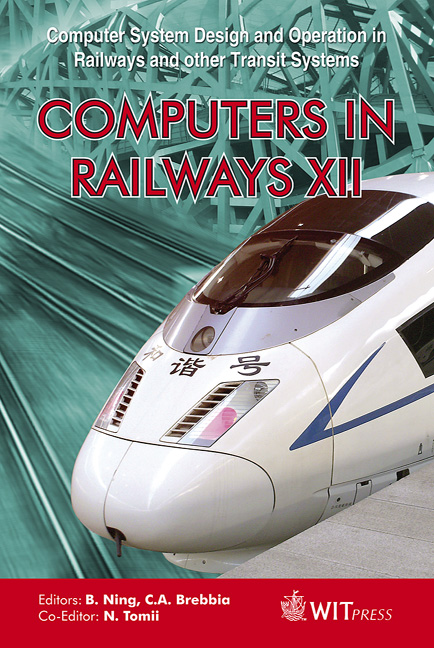Alignment Analysis Of Urban Railways Based On Passenger Travel Demand
Price
Free (open access)
Transaction
Volume
114
Pages
12
Page Range
337 - 348
Published
2010
Size
3,292 kb
Paper DOI
10.2495/CR100321
Copyright
WIT Press
Author(s)
J. L. E. Andersen & A. Landex
Abstract
Planning of urban railways like Metro and especially Light Rail Transit often result in multiple alignment alternatives from where it can be difficult to select the best one. Travel demand is a good foundation for evaluating a railway alignment for its ability to attract passengers. Therefore, this article presents a computerised GIS based methodology that can be used as decision support for selecting the best alignment. The methodology calculates travel potential within defined buffers surrounding the alignment. The methodology has three different approaches depending on the desired level of detail: the simple but straightforward to implement line potential approach that perform corridor analysis, the detailed catchment area analysis based on stops on the alignment and the refined service area analysis that uses search distances in street networks. All three approaches produce trustworthy results and can be applied as decision support in different stages of the urban railway alignment planning. Keywords: public transport, urban railways, metro, light rail transit, alignment, catchment area, service area, travel demand, travel potential, GIS, planning. 1 Introduction Conventional railways are usually large and rigid with few degrees of freedom in planning of alignments. This is due to the characteristics of such rail systems: high average stop distance and stop positioning dominated by strategic requirements of service (e.g. stop in the big cities the railway passes). However, smaller flexible urban railways like Metro and especially Light Rail Transit (LRT) have much lower average stop distance and the stop positioning may not be evident when consistently running in build-up areas. Therefore, it is often seen that the screening phase of a new urban railway consists of multiple
Keywords
public transport, urban railways, metro, light rail transit, alignment, catchment area, service area, travel demand, travel potential, GIS, planning





